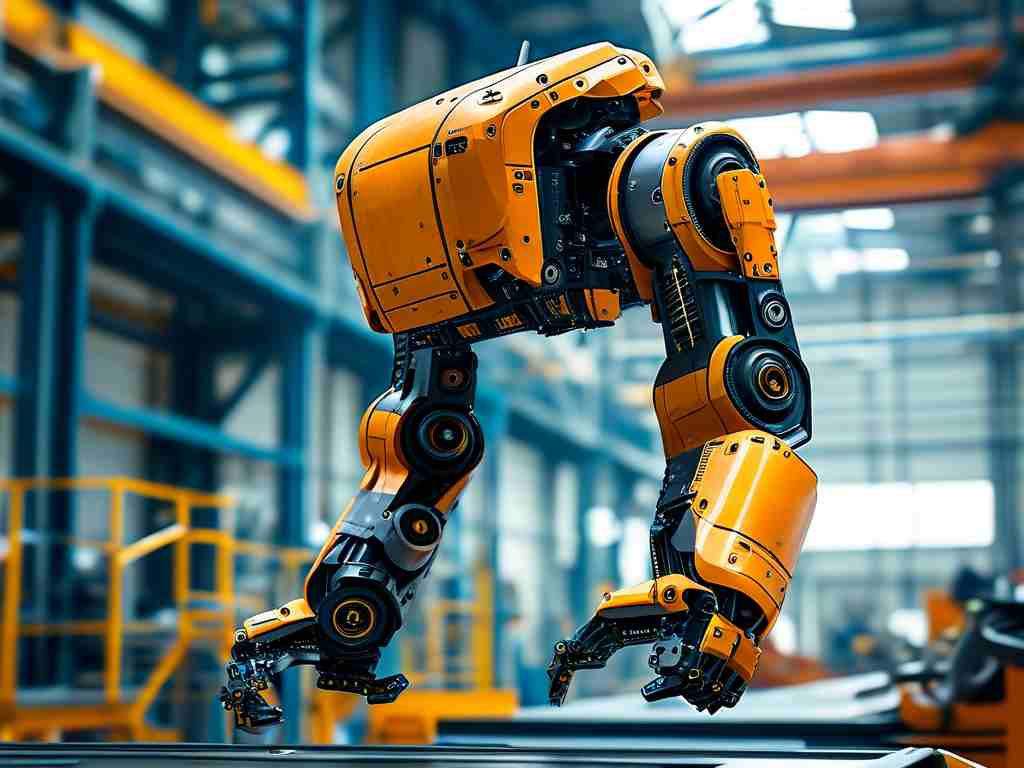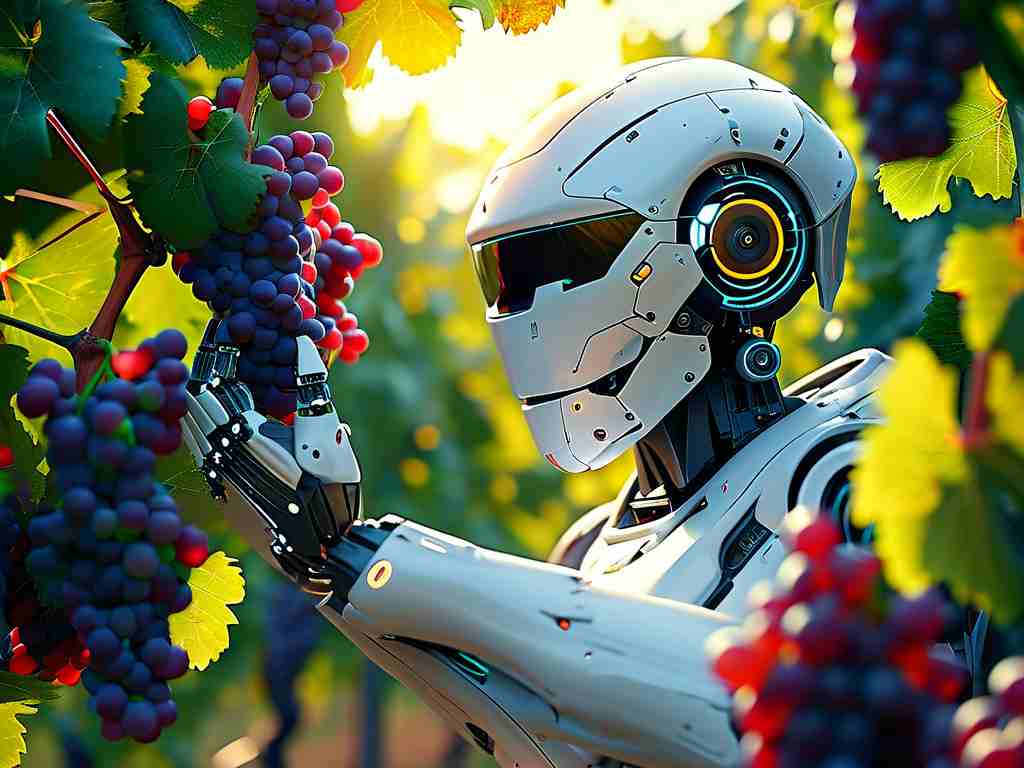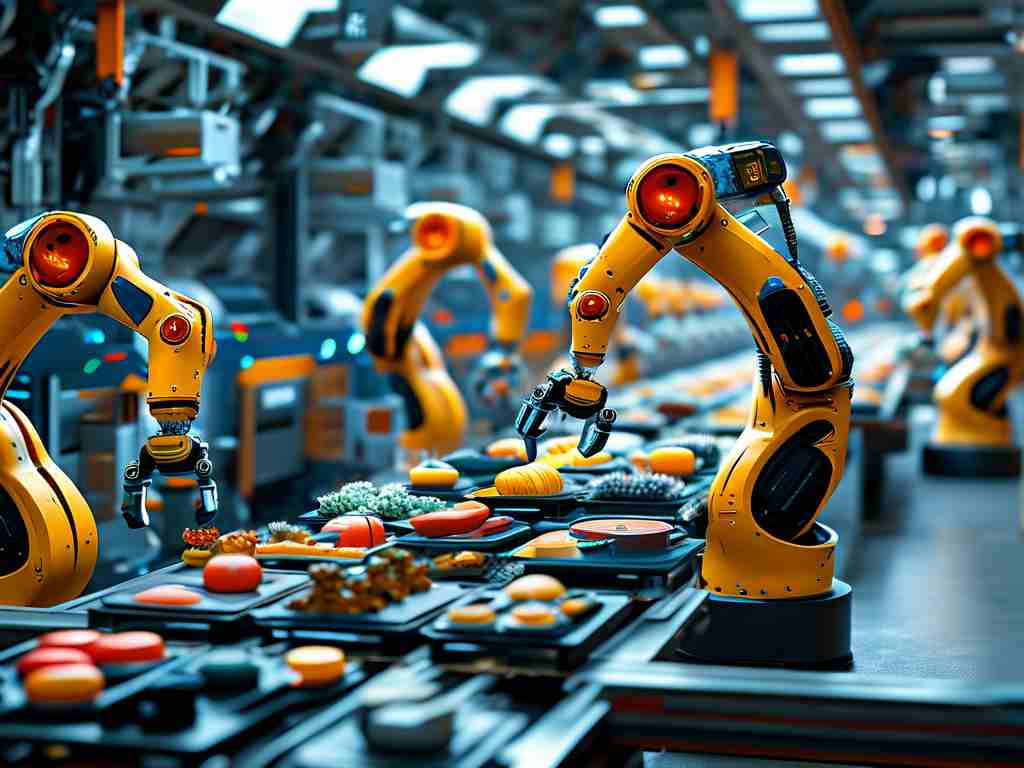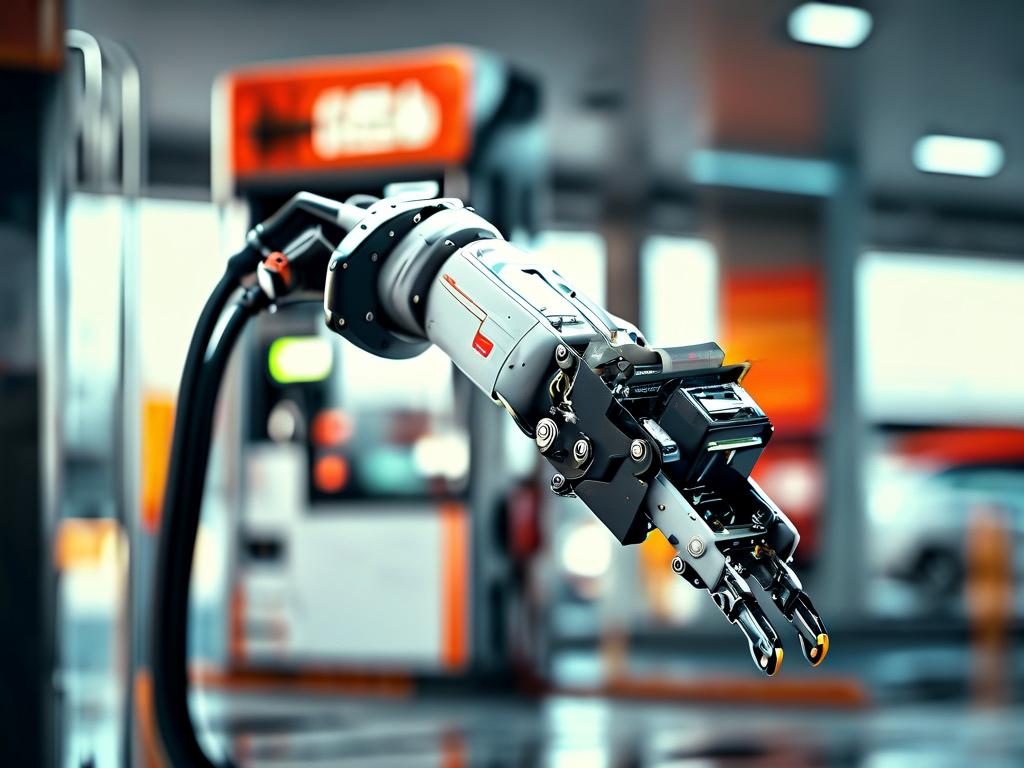The integration of robotics into the food service industry has revolutionized how meals are delivered in restaurants, hotels, and event spaces. This article explores the mechanics, benefits, and challenges of robotic food service systems, shedding light on their growing adoption across global markets.
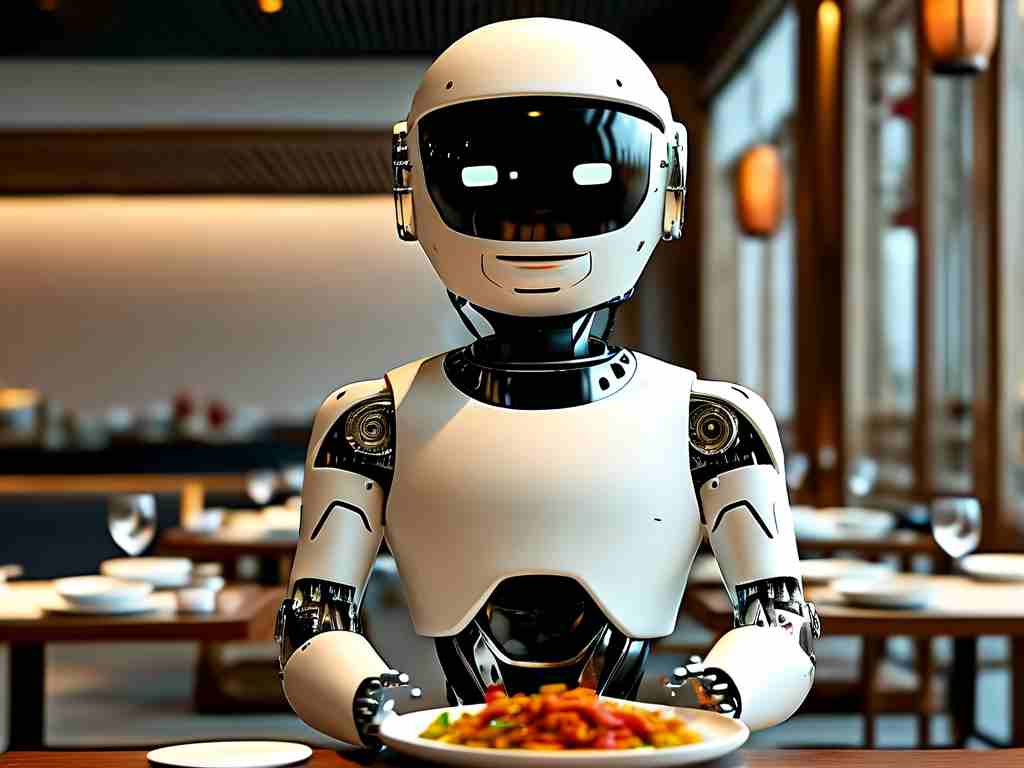
At the core of robotic food service technology lies a combination of autonomous navigation, sensor-based object detection, and human-machine interaction protocols. Modern food-delivery robots are typically equipped with lidar sensors, cameras, and inertial measurement units (IMUs) to map environments and avoid obstacles. For instance, a common navigation algorithm might use SLAM (Simultaneous Localization and Mapping) to create real-time floor plans, enabling robots to chart efficient paths between kitchens and dining areas.
One notable application is in high-traffic buffet restaurants, where robots like the "Servi" by Bear Robotics transport dishes from chefs to serving stations. These units employ infrared sensors to detect sudden movements, such as a guest stepping into their path, and recalibrate routes within milliseconds. The robots’ trays often include weight sensors to confirm dish placement and RFID tags to track meal destinations, ensuring accurate delivery.
The advantages of robotic food service are multifaceted. First, they reduce human-to-human contact, a feature that gained prominence during the COVID-19 pandemic. Second, robots can operate continuously without fatigue, addressing staffing shortages in the hospitality sector. A 2023 study by Hospitality Tech Insights found that restaurants using serving robots reported a 40% reduction in order delivery times and a 15% increase in table turnover rates.
However, the technology faces limitations. Complex layouts with narrow aisles or multi-level dining areas still challenge even advanced robots. Additionally, while robots excel at repetitive tasks, they struggle with unstructured interactions—like responding to a diner’s spontaneous request for extra utensils. To mitigate this, hybrid models are emerging, where robots handle logistics while staff focus on customer engagement.
Energy efficiency is another critical consideration. Most commercial food service robots use lithium-ion batteries requiring 2–4 hours of charging for 8–12 hours of operation. Innovations in wireless charging pads embedded in flooring aim to extend uptime. For example, a prototype tested in Singapore’s Changi Airport allows robots to recharge autonomously during idle moments near charging zones.
From a software perspective, integration with existing restaurant management systems (RMS) is vital. Advanced platforms now enable robots to sync with POS systems, receiving real-time table assignments via APIs. A code snippet demonstrating this integration might look like:
def assign_order_to_robot(table_id, dish_code):
robot = find_available_robot()
if robot:
route = calculate_route(table_id)
robot.execute_route(route, payload=dish_code)
update_rms_status(table_id, "en_route")
This pseudocode illustrates how orders trigger automated routing logic, ensuring seamless coordination between kitchen staff and robotic units.
Looking ahead, AI advancements promise to enhance robotic adaptability. Machine learning models trained on thousands of hours of restaurant footage could enable robots to predict traffic patterns or identify spillage hazards. Meanwhile, collaborative robots (cobots) designed to work alongside humans are being tested for tasks like clearing tables or refilling beverages.
Despite the progress, ethical debates persist. Some labor unions argue that robot adoption threatens jobs, though industry analysts counter that these systems create new roles in robotics maintenance and system oversight. A balanced approach—where automation complements rather than replaces human staff—appears to be the prevailing strategy.
In , robotic food service technology represents a transformative shift in hospitality logistics. While technical and societal hurdles remain, ongoing innovations in sensor fusion, energy management, and AI integration suggest that these machines will become an increasingly common—and sophisticated—fixture in dining establishments worldwide.






